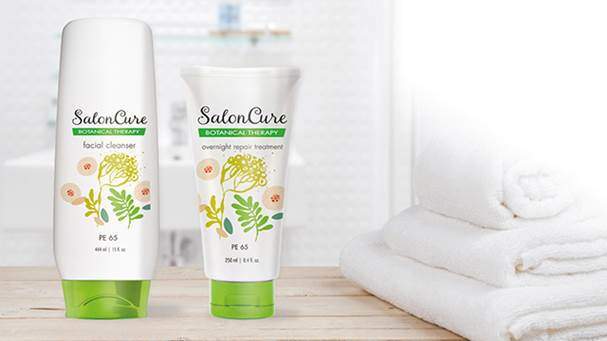UPM Raflatac, a supplier of pressure sensitive label materials, has launched its new PE 65 film label stock range in the Americas market.

Image: The UPM’s new PE 65 film materials. Photo: courtesy of UPM.
The PE 65 film is claimed to be company’s thinnest squeezable films to-date and the thinnest PE label produced for the home and personal care market.
As thinner versions of UPM’s standard PE 85 films, the PE 65 films can create a no-edge look on bottles. It has been launched to the market as part of the firm’s commitment to labeling a smarter future.
Designed to offer the same conformability and squeezability of the PE 85 films, the new film provides resistance to water, oils and chemicals, making it sustainable alternative for conformable and squeezable containers and tubes.
UMP said in a statement: ‘These thin films do not sacrifice performance, as they are at the top of the squeezability scale.”
Additionally, the 65 microns thick films’ thinner overall construction allows printers, converters and end users to run a more efficient operation.
The PE 65’s thinner caliper allow for more labels per roll and longer roll lengths, thus resulting in fewer roll changes and less down time.
In addition to helping in reducing the environmental impact of labels, the PE film label materials reduce transportation and packaging waste at multiple stages in the operational process.
UPM Raflatac Americas films business director Daryl Northcott said: “UPM Raflatac’s new PE 65 film label materials are ideal for any brand looking to combine the ultimate in performance with increased production efficiency and a sustainable design.
“Our company continuously strives to be the pressure-sensitive label industry’s sustainability leader and partner of choice, and our new PE 65 films are helping us build a more sustainable world, one label at a time.”
As per the UPM Raflatac Life Cycle Assessment study, companies can gain significant reductions in energy use (15%), greenhouse gas emissions (14%) and water consumption (13%) by switching from PE 85 to PE 65 films.
The study is conducted in accordance with internationally recognized ISO 14040/44 standards.
